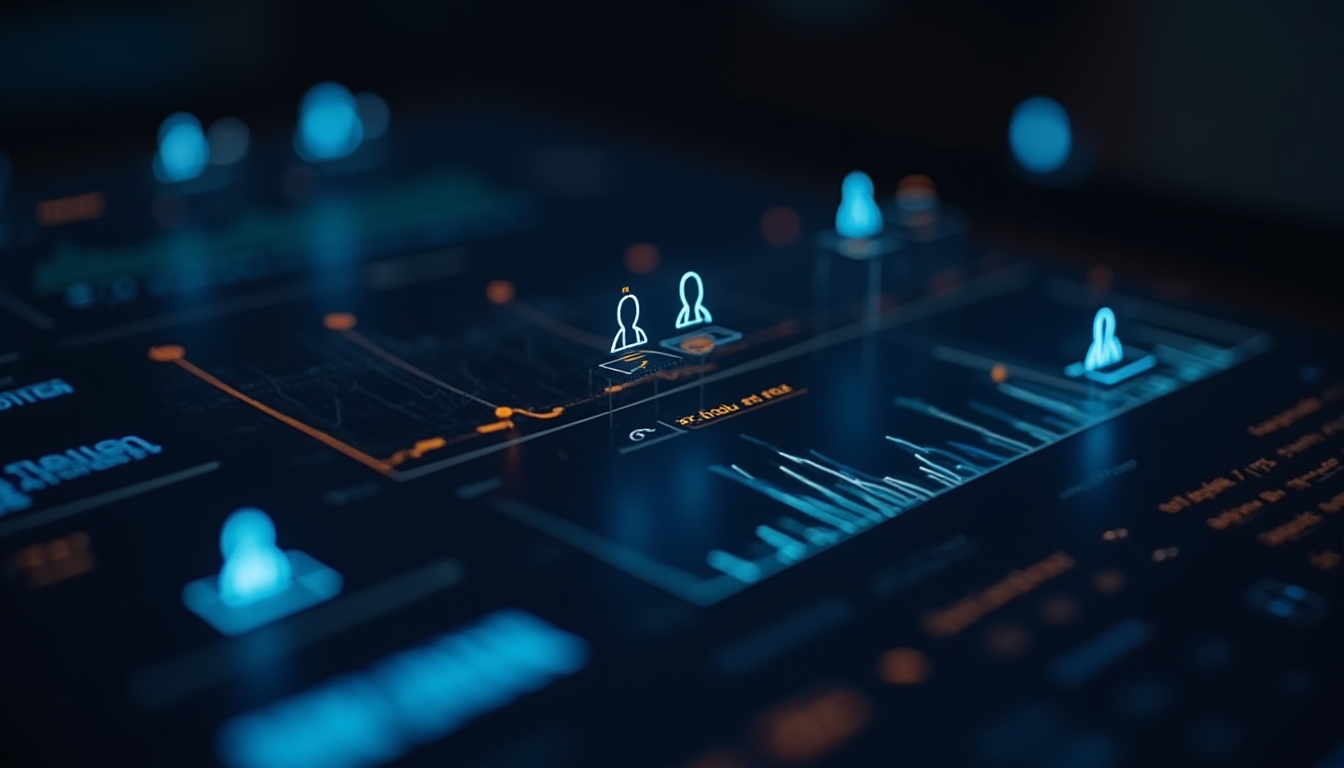
Across shifting markets and evolving customer expectations, churn is the silent force eroding growth. Customers slip away quietly — sometimes by choice, often by drift — and the result is a revenue leak that too many organizations treat as inevitable.
But in sectors like manufacturing, e-commerce, logistics, and agriculture, where margins are thin and customer acquisition cycles are long, churn becomes a strategic risk. Predicting it isn’t optional — it’s a competitive imperative.
Retention is not charity — it’s leverage. Across industries, acquiring a new customer costs about 5× more than retaining an existing one. And small improvements in retention yield outsized returns: boosting retention by 5 % can lift profits by 25 % to 95 %. In fact, most companies see about 75 % retention on average — meaning they lose roughly one in four customers over time. That’s the baseline every business must aim to beat.
But retention is not just about customer count. In e-commerce, for example, many users buy once and never return — that’s churn disguised as inactivity. In manufacturing, a client may downgrade orders or switch vendor lines. In logistics, customers may reduce load share or quietly shift contracts. In agriculture, distributors, farmers or channel partners may skip seasons or move to alternate input sources. These changes are subtle, yet they strip steady revenue.
Imagine a company with $100 million in recurring business facing 10 % churn: that's $10 million at risk annually. Reduce churn to 8 % and you reclaim $2 million — without a single new acquisition. The cascade savings on sales, marketing, onboarding, and support multiply that benefit.
Churn is multifaceted — voluntary vs involuntary, passive non-renewal vs active cancellation, customer count churn vs revenue churn (i.e. downgrades). That complexity demands nuanced prediction.
First, most organizations live in siloes: sales data, operations logs, support tickets, billing, usage metrics — all in different systems. Stitching them into a unified, clean dataset is often harder than building any model
.
Second, churn signals are weak and context-dependent. A dip in order volume may be seasonal in agriculture but alarming in e-commerce. A spike in support tickets might be normal around a product launch — or the final straw before exit.
Third, models decay. What predicted churn last year may falter today thanks to changes in behavior, competitors, markets. Enterprises must actively monitor model drift, retrain periodically, and validate performance — or risk blind spots.
Fourth, prediction without action is useless. You need orchestration: which customers to address, when, through which channel, with what incentive. If retention teams act too late or scatter efforts, dollars are wasted.
This is where AI-powered churn prediction becomes a game-changer. Modern AI models can consume hundreds — even thousands — of features: order frequency, usage trends, support sentiment, external signals, macro indicators. They detect non-linear patterns and interactions human models miss.
In telecom, adaptive ensemble models combining XGBoost, LightGBM and LSTM stacking have reached accuracy levels north of 99 % in churn detection. More broadly, AI can generate risk scores, compute value at risk for each customer, and rank retention priorities intelligently.
In e-commerce, AI can identify customers slipping toward non-engagement and trigger personalized reactivation offers.
In manufacturing, it can spot clients cutting volume or shifting spend. In logistics, it can detect route diversion or volume decline and prompt retention outreach. In agriculture, AI can surface channel fatigue, seasonal dropouts or alternate sourcing behavior.
What makes it powerful is explainability: AI systems can surface why a customer turned risky (“order decline + negative support sentiment + delivery delays”) so retention teams know exactly how to respond — not with generic discounts, but smart, contextual offers.
Moreover, real-time pipelines enable early alerts. Rather than waiting for a quarterly “churn report,” you get flags when a customer’s risk score crosses a threshold — giving you days, weeks, even months of lead time to act.
When deployed correctly, AI-based churn prediction transforms retention from reactive to offensive. In our $100 million example, dropping churn from 10 % to 8 % brings back $2 million in top-line revenue — and you avoid the cost of reacquisition, onboarding, and marketing. As retention becomes smarter (targeted, not blanket), your return on retention spend improves.
In low-acquisition-cost domains like logistics or manufacturing, salvaging key accounts has oversized impact on margins. In e-commerce, even a few percentage points drop in churn can shift the growth trajectory. In agriculture, retaining distribution and channel continuity is critical to seasonal stability and cash flow.
Beyond direct dollars, mastering churn prediction elevates the data maturity and orchestration backbone of the enterprise. Once that foundation is in place, the same predictive infrastructure supports upsell modeling, cross-sell, health scoring, risk management — turning retention into a strategic capability.
Churn is the invisible drain on growth. In domains like manufacturing,
e-commerce, logistics, and agriculture, its manifestations differ, but its threat is universal. The challenges — data fragmentation, subtle and variable signals, model drift, orchestration friction — are real and often underestimated.
AI gives you the toolkit: early detection, risk ranking, explainability, real-time pipelines, and smarter retention orchestration. Fix even a small leak and you don’t just stop erosion — you reclaim growth. In today’s competitive era, retention must be your offense.